Every year there are a select number of lens announcements that I find personally exciting. I reviewed no less than 15 lenses last year, and this is the fifth already this year, so a lot of gear passes through my hands. Not every lens has the same capacity to excite the inner gear geek within me, but count the Tamron SP 15-30mm f/2.8 Di VC as one that I have been excitedly awaiting. Why? Because once again Tamron is pushing the envelope and delivering a lens with a feature set photographers want but no one else is delivering…and Tamron has definitely delivered here!
The Competition
The Nikkor 14-24mm f/2.8G ED has been the lens to beat in the wide angle zoom category since it was released back in August of 2007. It set the gold standard for sharpness, quality of focus, and build quality. It easily bested all of the options for the Canon ecosystem and has been the lens that has inspired more gear envy for Canon users than any other Nikon product. Canon released its best wide angle zoom late last summer in the form of the EF 16-35mm f/4L IS USM. It sports great optics and an effective image stabilizer, but of course lacks the wider aperture of the Nikkor. The Nikkor has a faster aperture (and wider focal length) but doesn’t have VR (Vibration Reduction). It would seem that Tamron has set its sights upon becoming the class leader, however, because the new Tamron SP 15-30mm f/2.8 Di VC USD lens has both the wide aperture of the Nikkor and the image stabilizer (VC, or Vibration Compensation) of the Canon. It becomes the first lens to pull that off – just as Tamron did in the 24-70mm f/2.8 standard zoom category (where it still stands alone two years after its introduction). This is an extremely ambitious lens, but can Tamron pull it off?
I strongly encourage you to take a look at my very detailed comparison of the Tamron’s direct competition: the Canon EF 16-35mm f/4L IS and 16-35mm f/2.8L II. I tested just about every aspect of these lenses in the “Three Way Shootout” and it is the most thorough comparison of its kind that I’m aware of:
Three Way Shootout:
Part 1: Specs, Build, and Objectives
Part 3: Angle of View, Distortion, and Bokeh
Part 4: Flare Resistance, Astraphotography, Handling, and Conclusions
Part 5: Gallery of Favorite Images from the Review
Tamron has brought all of its resources to bear with this lens. It is designed to optically compete with the excellence of the Nikkor 14-24, with great sharpness wide open along with contrast that exceeds that of the Nikkor and Canon. It also has superior flare resistance due to fancy glass elements (XGM and LD) and coatings (eBAND and BBAR). A nice extra touch here is that the front element is coated in fluorine (like many of Canon’s recent high end lenses) that repels water, oil from fingerprints, and other things that might muck up the front element. This is a good thing, because, like the Nikkor, the protruding bulbous front element precludes the use of traditional filters. It has a fixed lens hood to protect the front element and is weather sealed to allow you to use the lens even when the weather turns sour. This short unboxing video will give you a quick idea of the size and build of the lens.
I’ve noted that the Tamron has a bulbous front element (like similar f/2.8 lenses from Nikon, Tokina, and Samyang), but should add that the Tamron is not a true internally zooming lens. The front element moves forward as the lens is zoomed towards the wide end of the focal length (15mm). It is the most deeply recessed at the 30mm point. There is what is essentially a second fixed lens hood around the front element that moves with it, but always within the confines of the outer fixed hood. While all of this movement is not internal, the length of the lens does not change at all during zooming. This design is clever for a couple of reasons. First, like Canon’s first generation 24-70 f/2.8, it ensures that the front element receives the most shading where it needs it most – the long end of the zoom range. On the wide end it helps to eliminate vignetting from a lens hood. The “double hood” means that there is a lot of sturdy protection for that front element (here’s hoping you never had to test that!). The lens is made from high end engineered plastics (which, frankly, are probably far more durable than metal, although for some reason we lens lovers always look for metal! The lens cap fits over the outer edge of the lens hood. I didn’t have any issue with it coming loose, but it does rely mostly on friction/vacuum to hold it in place. This isn’t my favorite design, as the Zeiss Distagon 15mm tends to lose its lens cap on occasion. The difference, of course, is that the Zeiss lens cap is metal, and I found that it contracted some in cold and would loosen. You will see from the photo above that the lens cap comes with a bit of gaffer tape to ensure a tight fit. I do like the fact that the lens cap is relatively shallow, meaning that it doesn’t take up so much room in your bag or pocket when you remove it.
It is not a small lens, easily surpassing the other two in size. It is 5.7”/145mm long compared to 5.2”/132mm for the Nikkor and only 4.4”/113mm for the Canon. It is also slightly heavier than the Nikkor at 1100 grams vs. 1000g for the Nikkor. The Canon is considerably lighter at only 615g, but its maximum aperture is also only f/4, meaning that it gathers only half the light at maximum aperture as either the Tamron or the Nikkor. The 15-30mm VC has a nine bladed rounded aperture iris that allows circular highlights to stay round even when stopped down. The bokeh from the lens is quite nice, although wide angle lenses by nature allow for fewer scenarios where one can really diffuse a background. Still, at the 30mm end I found a lot of opportunities to create surprisingly nice background blur.
The optical formula is fairly complex, with 18 elements in 13 groups. The Tamron allows for very close focus (11”/28cm), which is similar to the Canon and Nikkor, and its maximum magnification falls between the two of them (.23x for the Canon, .20x for the Tamron, and .15x for the Nikkor). This is a useful figure. But this is not the Tamron’s killer app; that would be its VC (vibration compensation).
Some photographers use a tripod all the time. I personally rarely use one. My tripod comes with me when I am shooting long exposures, astrophotography, and sometimes when shooting macros. I have found the VC on Tamron’s 24-70mm very handy while traveling (I’ve taken it five different countries) as it allows me to shoot at very low shutter speeds handheld. This new Tamron allows for even lower shutter speeds because of the wider focal length, and handholding images at even 1 or 2 seconds like this is possible because of it. This is very valuable for when the light is fading but you still want a smaller f-stop for deeper depth of field. It also allows for some creative shots to keep the shutter open to emphasize movement. Here are a few I got during my review period all taken between .4 seconds and 1 full second handheld (and remember that these were all taken in subzero temperatures – I suspect my handholding ability in warmer weather might improve!!)
My experience with Tamron’s Ultrasonic Drive (USD) is mostly positive. I’ve used 5 lenses with Tamron’s USD to date and have found that they are 1) very quiet 2) fast, but not quite as fast as the best from Canon and Nikon and 3) Most important, they are very accurate. The 15-30mm VC proved similar in performance. There sometimes seems to be a split second lag before the elements start moving, but once the motor “spools up”, focus is both quick and accurate. It kind of reminds me of a turbocharged motor in a car – there is just a hint of “turbo-lag”. All third party lens manufacturers must “reverse engineer” the autofocus algorithms from Canon and Nikon, but Tamron seems to have mastered that better than Sigma. I’ve used several Tamron lenses professionally for several years (the 24-70 and 70-200 f/2.8 VC lenses) and have found them extremely useful tools with highly accurate autofocus that deliver results my clients are thrilled with.
Wide angle lenses are frequently most often used by landscape photographers and wedding/event photographers. A wide aperture is less important to most landscape photographers as they will frequently stop down a lens anyway, but that wide aperture is far more important to wedding and event photographers that need to stop action in lower light conditions. The Tamron offers the best of both worlds, as its wide aperture and VC will help everyone. More importantly it is perfectly sharp wide open, meaning that it will do an amazing job of capturing both portraits and event details. I used it at a Valentine’s Banquet and was shocked at how sharp the images were wide open and how accurately focused they all were (these are out of the camera JPEGs).
When I get my own copy of the lens down the road, I intend to write an article looking at Tamron’s “holy trinity” of wide aperture lenses for professional use and will use the three in a wedding setting exclusively and then share the results.
I enjoy shooting with wide angle lenses, and have had the privilege to use and test some of the best from Canon, Zeiss, Samyang/Rokinon, and Tokina. The new Tamron has a great focal length, allowing you to use the very wide 15mm focal length to creatively frame and emphasize foregrounds along with more traditional framings from 18-24mm. The 30mm setting is close enough to the classic 35mm focal length to provide a similar look with a nicely wide aperture and excellent wide open sharpness. That extra bit of width on the wide end is worth more to me than the additional 5mm on the long end when compared to a 16-35mm focal length.
A Close Look at Resolution
I’ve previously reviewed the Samyang/Rokinon 14mm f/2.8 Aspherical lens and liked it well enough that I added it to my own kit. It offers a great combination of excellent optics, a very dramatic focal length, and one of the most exceptional price to performance ratios of any lens…period. It can be had for about $300, and yet is one of the most compelling landscape and astraphotography lenses out there. Its feature list, however, is pretty bare.
- Manual Focus only
- No electronic connection (no EXIF data)
- No image stabilizer
- Prime – one focal length
- Most of use would settle for a reasonably accurate focus ring (which few of us are getting)
On paper it doesn’t sound very compelling, but its optics sing. It is incredibly sharp, even wide open, and stunningly so stopped down. I recently reviewed the awesome Zeiss Distagon T8 2.8/15mm, and it is an infinitely better lens in a number of ways, but the Rokinon does quite a good job keeping up in the resolution department.
The Tamron SP 15-30mm f/2.8 Di VC USD is, by comparison, a very feature rich lens. This new lens has set its sights on both Nikon’s 14-24mm f/2.8G lens and Canon’s new 16-35mm f/4L IS. It takes the wide aperture, design, and (nearly) as dramatic focal length from the former while adding the image stabilizer of the latter. That makes it unique in its feature set.
- Dramatic focal length (15-30mm)
- Wide aperture
- Image stabilizer
- Fast, accurate focus due to the USD (ultrasonic drive) motor
So the Tamron is far more feature rich than the Rokinon. It is more versatile, obviously, but this comes at a price. The Tamron (though a value compared to its zoom competition) is roughly four times the price of the Samyang/Rokinon ($1199). The Tamron zoom weighs essentially twice as much (1100g vs. 552g) and is about 2″ longer (and thicker as well).
But all of these features mean nothing, of course, if the image quality isn’t there. The reason why we are even discussing the budget option Samyang is because its optical performance punches so high above its price (and feature) class. I sold an L series zoom lens from Canon after I got it because the optical performance from the Samyang (mine is actually branded Rokinon) was so much better. So let’s compare these lenses side by side optically.
The backstory on this first comparison is that the shots were taken just as the sun was rising on an exceptionally cold morning (about -40F/C with the wind chill). I set up out on a frozen river and composed with a little peninsula as my foreground. There were some snow covered rocks there and some unique textures in the snow due to the wind. The sun was rising due east. The light changed somewhat even in a few minutes as the sun was breaching the horizon as I shot, so the exposures weren’t perfectly aligned. I added a slight bit of extra exposure to the Tamron’s f/11 image to match them. There is no other correction added to either of these; they have received nothing except standard sharpening on export. The camera was tripod mounted, using mirror lockup and a 2 second delay to eliminate any movement from the equation.
The first thing that jumps out at me in this first comparison wide open (f/2.8 for both lenses) is that the vignetting is much, much heavier for the Rokinon. The Tamron shows some peripheral shading towards the outer third of the image circle (a value of +55 in Lightroom with a midpoint of around 12 seems to clear it up perfectly). The Rokinon, however, is very, very heavily vignetted, taking a value of +87 and a midpoint of around 11 to achieve the same). This isn’t a huge issue if you are shooting RAW and doing post work, as vignetting is quite easy to clear up, but would certainly be bigger deal if you were doing video work or shooting JPEGS.
Secondly, I notice that the Rokinon frames considerably wider. Every millimeter on the wide end makes a huge difference in the angle of view. The Rokinon’s 14mm focal length produces a field of view of 115.7 degrees (WOW!), while the Tamron’s 15mm produces a field of view of a slightly more modest 110 degrees. The Canon 16-35 frames at about 108 degrees while the Nikkor 14-24 actually frames at 114 degrees (as done Canon’s own 14L lens). Just for kicks: the Zeiss 15mm also frames at 110 degrees just like the Tamron, so the exception to the rule here is the Rokinon, which frames noticeably wider than all other options. This is an impressive performance (and increases the value of the Rokinon even further), but a little of that goodness is undone a bit by some fairly extreme distortion towards the periphery of the image circle.
The third thing I notice is that the color rendering is considerably different between the two lenses. I tried matching the color temperature between the two images, but even then the color is different. The Rokinon renders quite a bit warmer than the Tamron. The Tamron is more Zeiss-like in its color rendering, and in recollection I would venture that its color rendition is actually a little more accurate (that is supported in the next series below). People love Zeiss lenses because of their color accuracy, and it is my feeling that the Tamron is producing nicely accurate colors.
In this first test it is a little more difficult to compare resolution as both lenses are not focused similarly. I am quite familiar with where hyperfocal distance is on the Rokinon because of having used it for a few years. I autofocused the Tamron on the rocks that were roughly 1/3rd into the image frame, but depth of field is still not infinite at this distance at f/2.8. The rocks and everything beyond are in focus, but the foreground textures are more in focus with the Rokinon. Even Live View 10x focus is tough with wide angle lenses because there isn’t much magnification, so trying to compare a manual focus lens with an autofocus lens is challenging. The textures are noticeably clearer on the focal point for the Tamron (the rocks closer to center), but I can’t guarantee that the rocks were the key focal point for the Rokinon. The rocks on the right actually look a little better on the Rokinon, and I see just a bit of purple fringing on the Tamron that isn’t there on the Rokinon (this could be bokeh fringing from different focus, however). This is a great result from the Tamron, however, because it is zoom compared to an exceptionally sharp prime lens. Being able to hold its own here is a notable accomplishment.
The f/11 images here reveal some similar truths. Vignetting is not completely cleared up for either lens, but it seems that the Tamron still has a slight edge. The color rendition is still the same. Resolution here seems to be a wash everywhere I look in the image, although the color fringing on the right rock is still slightly there on the Tamron, so I would say that the Rokinon has a slight edge in the chromatic aberrations department. One thing I will note is that I believe the contrast (and microcontrast) is a little better in the Tamron. This is an exceptional result for the zoom, and is one more indication of just how excellent the optical performance is.
Invalid Displayed Gallery
(Shot above taken with an iPhone 6 – this may give some perspective for the color discussion in a moment.) Our second series is a more controlled test where I purposefully tried to eliminate all potential variables. The camera was mounted as before on my Vanguard ABEO Pro 283AGH Tripod + GH-300T Head (a tripod I love, BTW!), mirror lockup, and a 2 second delay to eliminate vibration. In this series I went by stops from f/2.8 to f/11 (2.8, 4, 5,6, 8, 11). Then, to add another comparison point, I added the Tamron SP 24-70mm f/2.8 Di VC USD standard zoom at 24mm. I’m very familiar with the Tamron and know it to have very good image quality (it is extremely close in resolution to Canon’s 24-70L II, which is to say, very good). I really recommend that you take the time to watch this test in an interactive fashion – it is very revealing! Click on the video below.
If you prefer to read, here is some of that information. Let’s start with the f/2.8 images. I’ll give you the Rokinon image followed by three crops (lower left, center, upper right). This will be the pattern for all of these crops. There is a lot of depth to this scene along with a huge variety of textures to resolve.
Once again we see that the Rokinon vignettes very heavily wide open. This definitely affects the crops and makes the image seem darker than what it actually is. Resolution is very strong wide open and extends near the extreme corners. In the extreme corners some distortion cause a bit of image breakdown.
Now, let’s move on to the Tamron 15-30 VC image and crops:
You will notice both far less vignetting and much more color accuracy. Reviewing images from this new Tamron felt a lot like reviewing a Zeiss lens. The color are accurate and the contrast seems better than the competition. The textures are already outresolving the prime lens and less vignetting produces a cleaner looking image. The contrast is noticeably superior with the new Tamron. This is an amazing performance. Look at the center crops here compared:
Rokinon:
Tamron 15-30 VC
Finally, let’s compare the Tamron 24-70mm f/2.8 VC at 24mm.
If you have watched the interactive video above, you have already seen that I quickly came to the conclusion that my copy of the 24-70 VC is decentered. The right side of the image is really suffering. (On a very positive note, even after two years I am only 1/3rd of my way through the warranty period! I’ve already spoken to Tamron, and, “No problem, send the lens in and we’ll get if fixed for you!”) The rest of the image looks fairly good, but the new Tamron 15-30 VC is a clear winner wide open.
Now, let’s take at resolution stopped down. I will include a series from each lens from f/4 to f/11, with crops from the f/11 image where depth of field is easily infinite for all lenses. Hovering over the thumbnails will tell you what you are looking at. First, from the Rokinon:
Tamron 15-30 VC:
Tamron 24-70 VC
While the optical difference is less pronounced by f/11, the new Tamron 15-30 VC is still the winner, with better resolution, contrast, and color accuracy. The Rokinon is rendering everything extremely warm, but the sample photo earlier from the iPhone 6 and the images from the two Tamrons reveal that the Rokinon’s color rendition is the oddity here. The decentering issue on the 24-70 VC is still evident even at f/11. One area where the Rokinon wins (though in an odd way), is via light transmission, where it is clearly brighter at the same settings than either of the two Tamrons. The oddity is that the difference in light transmission is not really apparent wide open, but becomes evident only as the lens (Rokinon) is stopped down. DXO says both the Rokinon 14mm and Tamron 24-70 VC’s light transmission wide open (t/stop) is f/3.2, which is born out in my test, but for some reason the Rokinon is overexposing as it is stopped down. The only real advantage I can see for the Rokinon is that it shows no chromatic aberrations even at 100% pixel level while the new Tamron shows just the slightest bit of green and purple fringing in certain situations (but only visible at full magnification). Fringing is not really a significant issue for any of these lenses. The difference in these lenses might be harder to tell from the images here. I do recommend taking the time to watch the interactive video above to get a clearer sense of what is going on here.
I was blown away by this side by side comparison. It really showed off how amazingly good the new Tamron is. It has color rendition, sharpness, and micro-contrast in the textures and details that seem more like a Zeiss than a Tamron. This is really an extraordinary performance. Matt Granger compared it directly to the mighty Nikkor 14-24mm f/2.8G and concluded that the Tamron may just be the better lens. I have received anecdotal accounts from other Nikon users who have directly compared the two lenses and found the same. This is pretty amazing, and is evidence of just how much Tamron has invested in this lens.
Contrast, Flare Resistance, Ghosting, and Chromatic Aberrations
As you look at the shot under consideration above you will probably recognize that this is one of the most challenging types of shots for any lens. The sun (which was extremely bright – bright enough to require an exposure of 1/640th at f/11, ISO 100) is right in the frame, and thus this is a completely backlit image. I added about a half stop of exposure to the foreground in post to balance it with the sky, but that is only real tweak here.
It quickly becomes apparent that contrast is exceptional in the lens. Despite the challenging shooting conditions the contrast is perfect. There is great definition in all of the snow textures, with very clear definition between shadows and highlights. Note also that the sky is nice and blue despite the intensity of the sun. This is pretty important, because the design of this lens (like the Nikon) precludes the use of any traditional filters. I suspect that aftermarket adapters for square filters will probably surface in six months or so. I’ve got just such a system for the Rokinon 14mm f/2.8, and it makes the lens even more dynamic. The use of multiple exposures would have helped a bit with this image, but all of the highlight and shadow information is here already, so it would be very easy to process this photo even further.
Next up: flare and ghosting. I don’t see any loss of contrast due to flare here, and while there is some ghosting/veiling that you can see in this 100% crop, it is so minor as to be nearly nonexistent. This is an exceptional performance for a wide angle lens, and matches or exceeds anything that I have previously tested. This crop also shows that the sunburst/sunstar here is also VERY attractive, and that is a big deal to me.
This particular image is stopped down to f/11, which I did to exaggerate the sunburst and give more definition to the “rays” due to the aperture blades. Examining our resolution is still important here, however, as many wide angle lenses don’t sharpen up in the extreme corners even when stopped down. This image is at 15mm, where both the scale of the image circle requires a lot of resolution and where distortion is likely to play the biggest role. This second crop takes a look at the extreme bottom left corner of the image.
We can see that the detail is still very, very good here. No mushiness, and the textures remain nicely defined. There is the slightest bit of distortion apparent, but I have been very impressed with the LACK of distortion for such a wide focal length. Note also that no profile yet exists for this lens in Lightroom or Adobe Camera Raw, so there has been absolutely no distortion correction applied here.
But what about the other side? Sometimes lenses can be decentered so that they are sharp on one side but not the other. Let’s take a look at the extreme right corner from the new Tamron:
The performance here is just as good. Good textures, minimal distortion. Consider the resolution test for this image passed. When we step back and look at the image as a whole, it certainly gives a very sharp appearance. I love the crisp resolution on the patterns created by wind on the snow’s surface.
How about chromatic aberrations? An image with such extreme highlights and shadow contrasts should be the ultimate primordial ooze that the beast of color fringing could arise out of. Let’s look at another crop:
These branches should really show fringing if the lens were prone to chromatic aberrations, but I have to say that Tamron’s use of expensive elements and fancy coatings are doing a superlative job here. There has been absolutely no correction for chromatic aberrations to this image, and yet I don’t see fringing in the transition from dark to light in the branches, nor do I see them in the crops of the snow (which would also really show off CA). That’s a fabulous performance!
This final crop would also show CA due to the deeper shadows from the footprints and the extremely bright “lip” of where the footprints are made in the snow.
Fringing is once again resisted, and there is nice contrast between shadows and highlights along with great resolution. I have found in all of my shooting with the lens only the very faintest amount of fringing and that it is only visible at 100% magnification. This should be extremely easy to correct for in post.
As we saw in our previous test, there is a TON of texture information in this image, and everywhere I click in the image I am very satisfied with the resolution. This looks to be a lens that is ready to face the challenges provided by the high megapixel bodies from Nikon, Sony, and now Canon.
Distortion and Coma
Tamron has managed to keep distortion nicely in check compared to the competition. All of those fancy elements and coatings also manage to keep chromatic aberrations, flare, and ghosting at a minimum as well. It would appear that Tamron’s engineers decided to focus on optical performance rather than compactness, and I personally feel this was the right choice. The best lens is rarely the smallest one. One can always create perspective distortion with a wide angle lens, like I have done here:
The native barrel distortion is very low in the lens for such a wide focal length, and it does a good enough job that I think that those who do architectural work will find it useful (I concluded the same for the Canon 16-35mm f/4L IS).
The lens also shines when the lights go out, with its stunning resolution and micro-contrast rendering the night sky beautifully. Star points are crisp and clear, and coma is nicely controlled. I got some great nightscapes despite less than ideal conditions (a lot of light pollution and temperatures so cold I wasn’t willing to linger long and work on composition).
This is a much better result than what I was able to achieve with the Canon EF 16-35mm f/4L IS. I was delighted to find that the distance window was accurate for this type of shot. I was able to set the focus on infinity (along with my other preferred settings) BEFORE going out into the -20F cold (I didn’t linger for too many frames out there!) and when I viewed the images, they were sharp and perfectly focused. Not every lens is properly calibrated for infinity focus, but the Tamron did a great job. I was thrilled by this because I was already considering the Tamron for my own kit, and a great performance here sealed the deal for me.
Conclusions
Tamron has also pushed the envelope just as it did a year ago with its 150-600mm VC telephoto lens when it comes to the price. The lens, while not cheap, is priced aggressively for its class at $1199. That falls far beneath the Nikkor’s price ($1999 at present) and matches the Canon 16-35mm f/4. Canon’s own 16-35mm f/2.8 has a price that is $500 higher. Tamron also has an industry-best warranty, with six years (in North America) along with 3 business day service turnaround. Here is a full video review if you would like to see and hear about the lens in glorious high definition!
Consider me impressed. Tamron has brought a lot of goodness to bear here, and this lens is a serious competitor for the best in its class. Some will find the inability to use traditional filters a deal-breaker, and I will confess this is my primary disappointment. I fully suspect that aftermarket square filter systems will fill that void, just as they have for the Nikkor and the Samyang/Rokinon 14mm f/2.8. The size will also be a concern for those who are counting the ounces for backpacking and/or travel. But if neither of those things spoil your interest, you will find a lens that is, in my mind, now the most compelling option available if you own a Canon and still very intriguing if you own a Nikon. And if you are a Sony user, this is a great option to pair with some of Sony’s great new sensors. At the very least, the new Tamron 15-30 VC should definitely be part of the conversation if you are looking for a great new wide angle zoom lens. I have given this lens my highest compliment; I placed a preorder for myself. If you want to see more sample images (including some full size samples), please visit the Lens Image Gallery here.
Pros:
- Excellent wide open sharpness that only improves when stopped down
- Effective image stabilizer (VC), the first of its kind in a wide aperture, wide angle lens
- Fast and accurate focus via USD drive
- Excellent color rendition and accuracy
- Great focal length and a wide aperture
- Exceptional contrast
- Robust build with weather sealing and fluorine coating to prevent water buildup
- Low distortion
- Vignetting and chromatic aberrations well controlled
- Highly flare resistant
- Very attractive sunburst
- Nice softness in the bokeh region
- Very reasonable price – a bargain compared to the performance
- Great six year warranty
Cons:
- Large and heavy (largest and heaviest in its class)
- Traditional screw on filters cannot be used
- Early indications are that supply will not equal demand upon release like the 150-600 VC last year.
- No case of any kind provided
End Notes: I reviewed an early retail copy provided to me for review by Tamron of Canada. If you live in Canada and are interested in this lens, I encourage you to do what I have done and preorder this lens from Tamron through Amplis Foto, their Canadian distributor. If you use the code “AMPLIS52014” it will give you 5% off everything, and is stackable with other coupons. If you live in the United States or other countries, I would encourage you to get your preorder in at B&H Photo here. Find more information about the lens at Tamron.ca.
Gear Used:
Canon EOS 6D DSLR Camera (Body Only)
Tamron SP 15-30mm f/2.8 Di VC USD Lens (Canon EF)
Adobe Photoshop Lightroom 5 Software for Mac and Windows (Boxed Version)
Adobe Photoshop Creative Cloud 1-Year Subscription
Alien Skin Exposure 7 (Use code “dustinabbott” to get 10% off)
Purchasing your gear through B&H and these links helps fund this website and keeps the articles coming. Thank you for your support.
Great News! I can now offer a 5% discount on all purchases at Amplis Foto, Canada’s Leading Photographic Supplier. Please enter discount code: AMPLIS52014 in your cart. It is good for everything in your cart, and is stackable with other coupons, too! It will take 5% off your entire order! Proceeds go towards keeping this site going and providing you with new reviews! Preorder the Tamron here:
Error: Contact form not found.

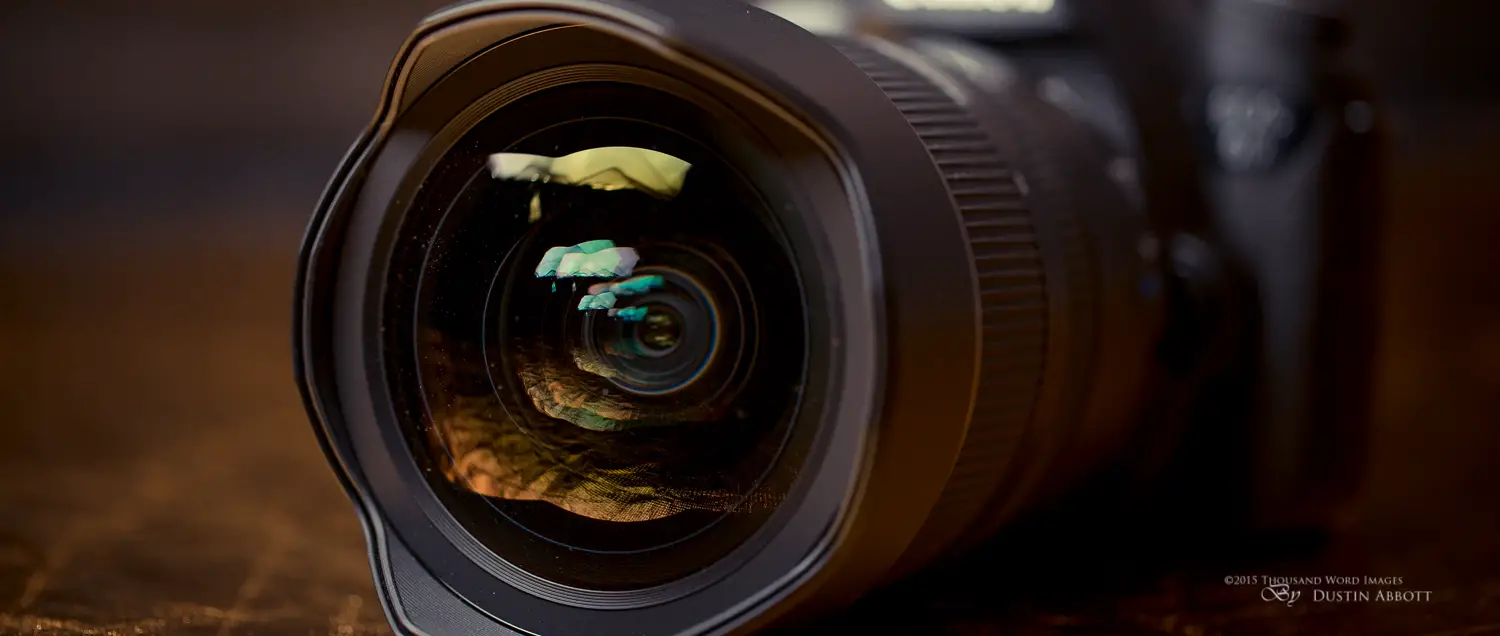

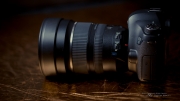
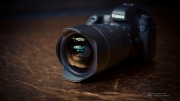

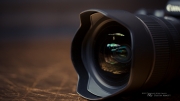
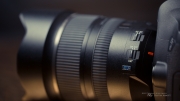
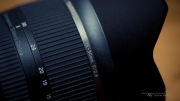
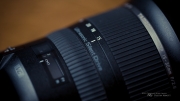
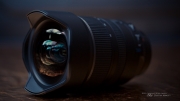

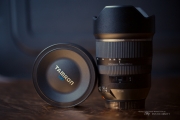

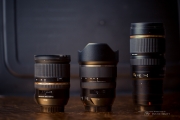






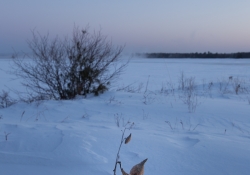







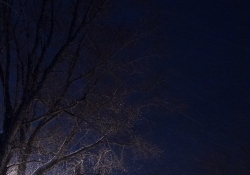
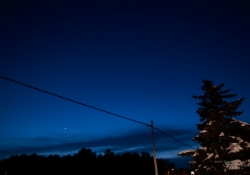









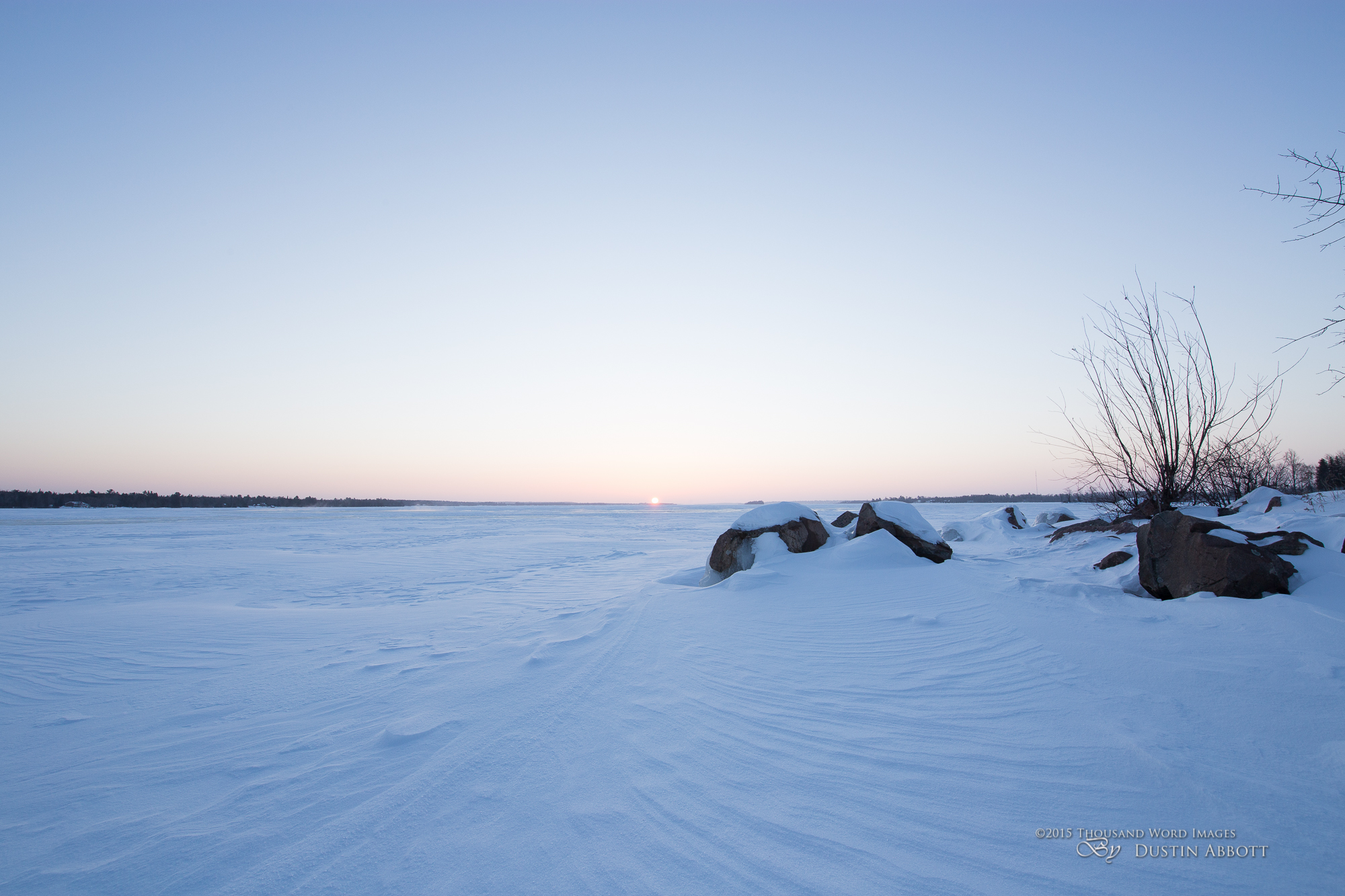
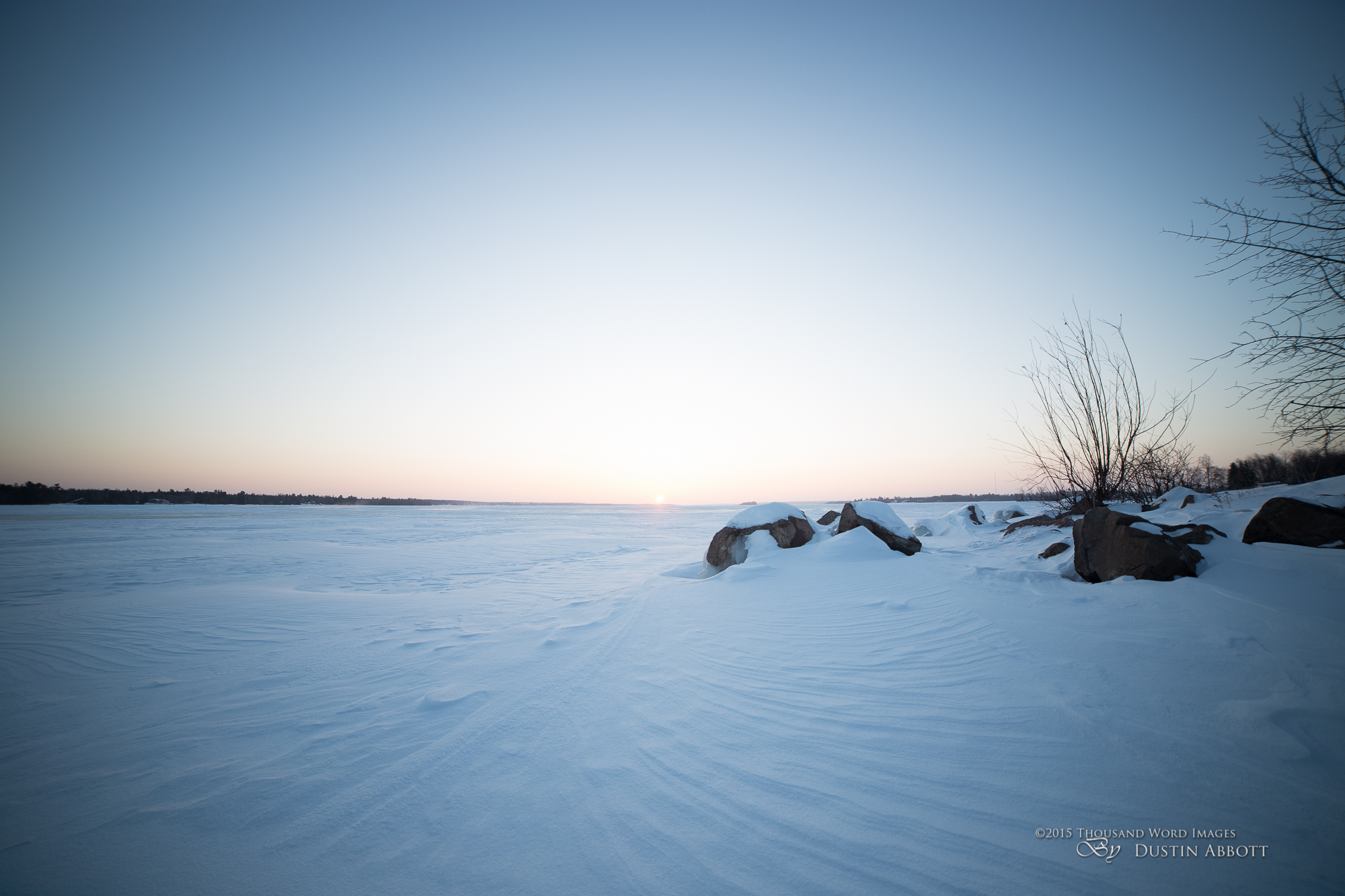
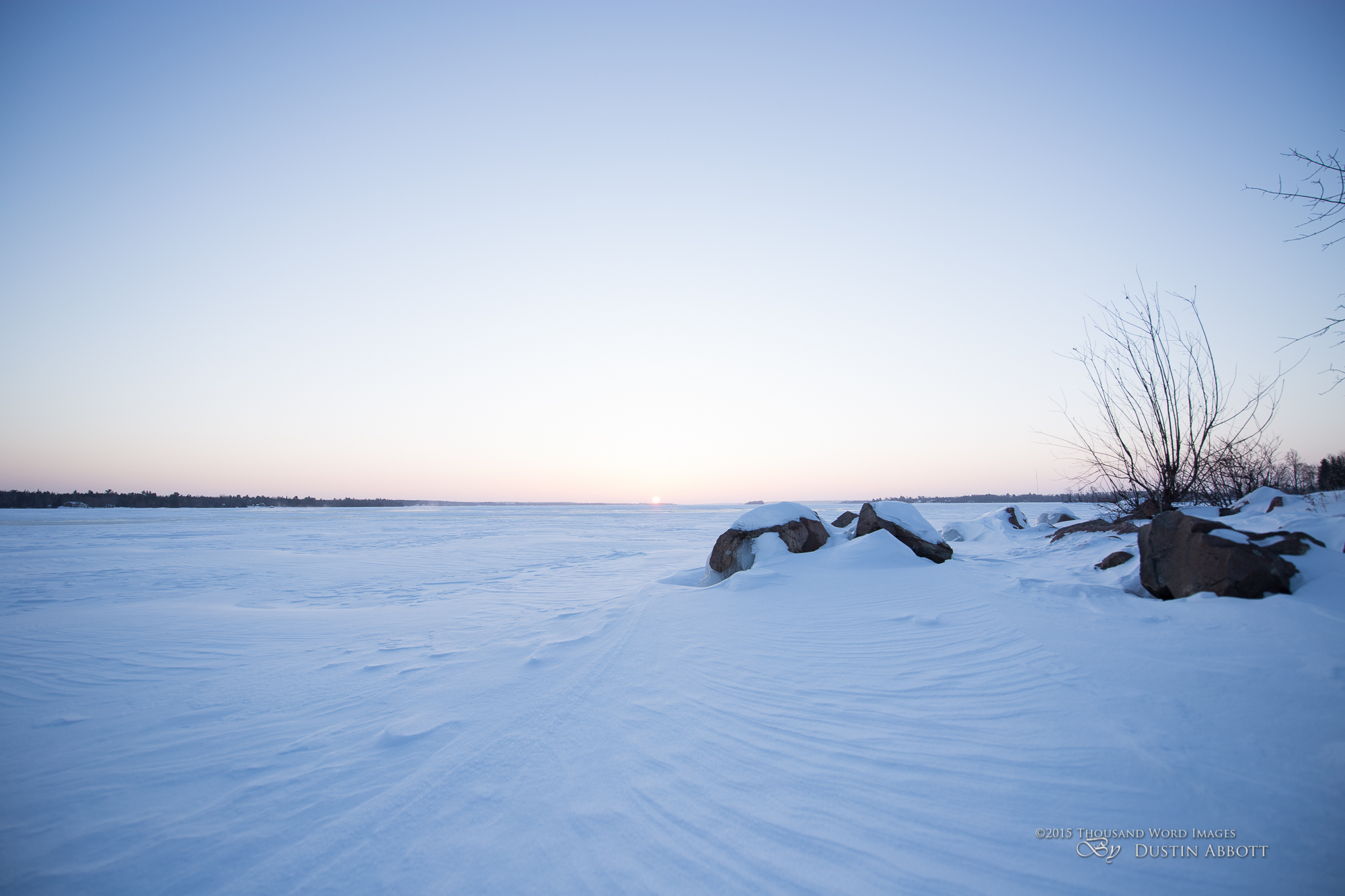
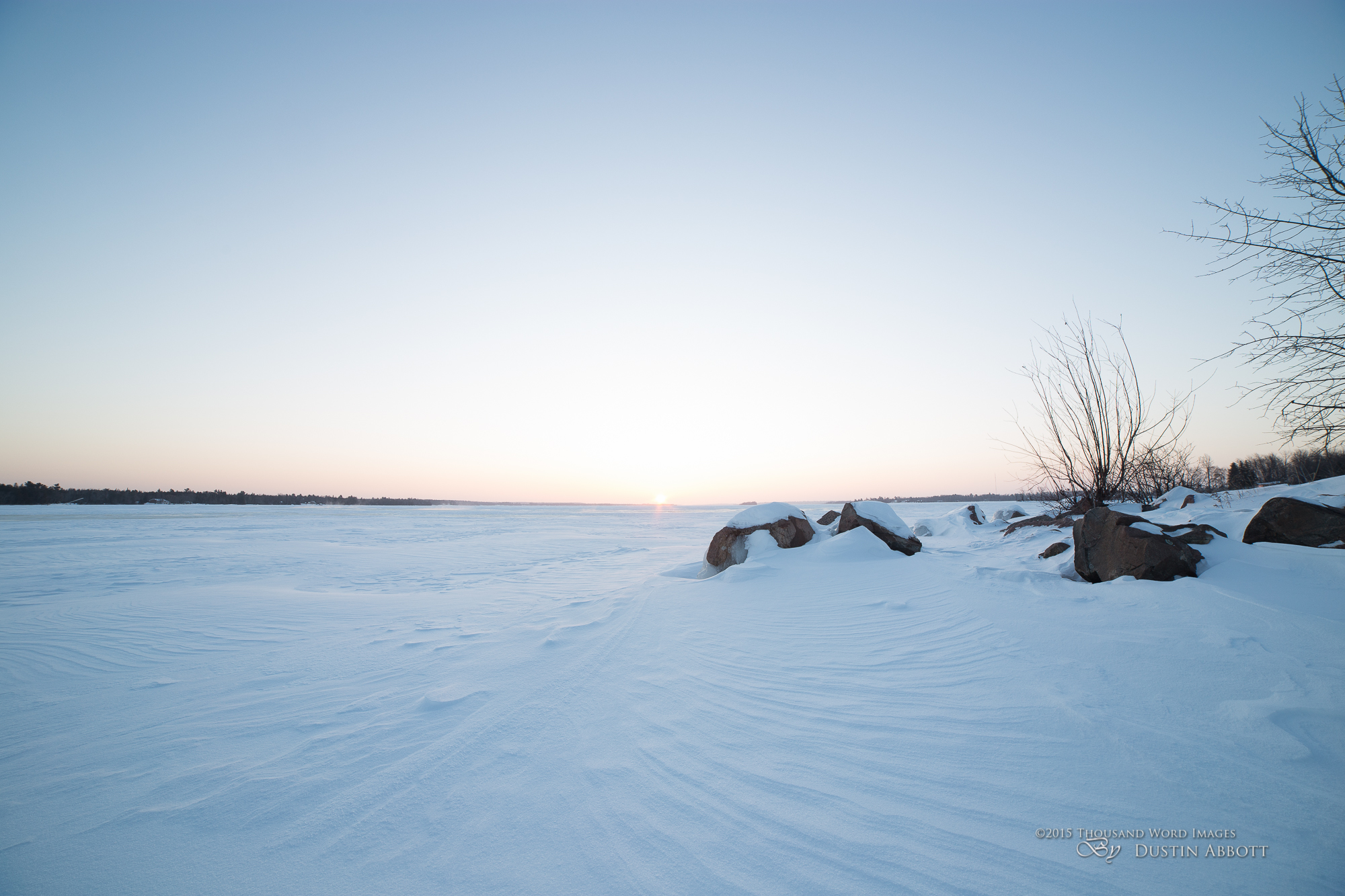








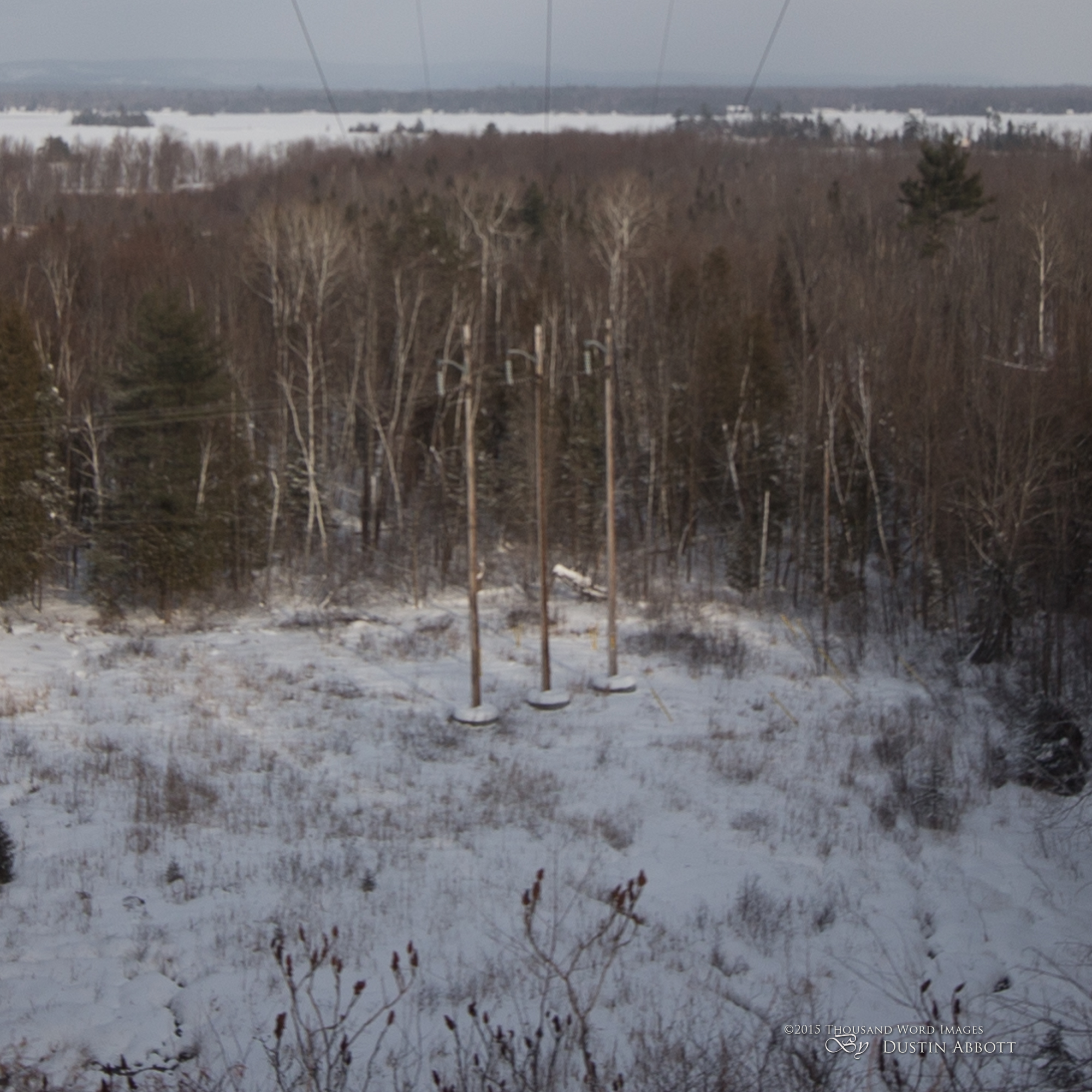
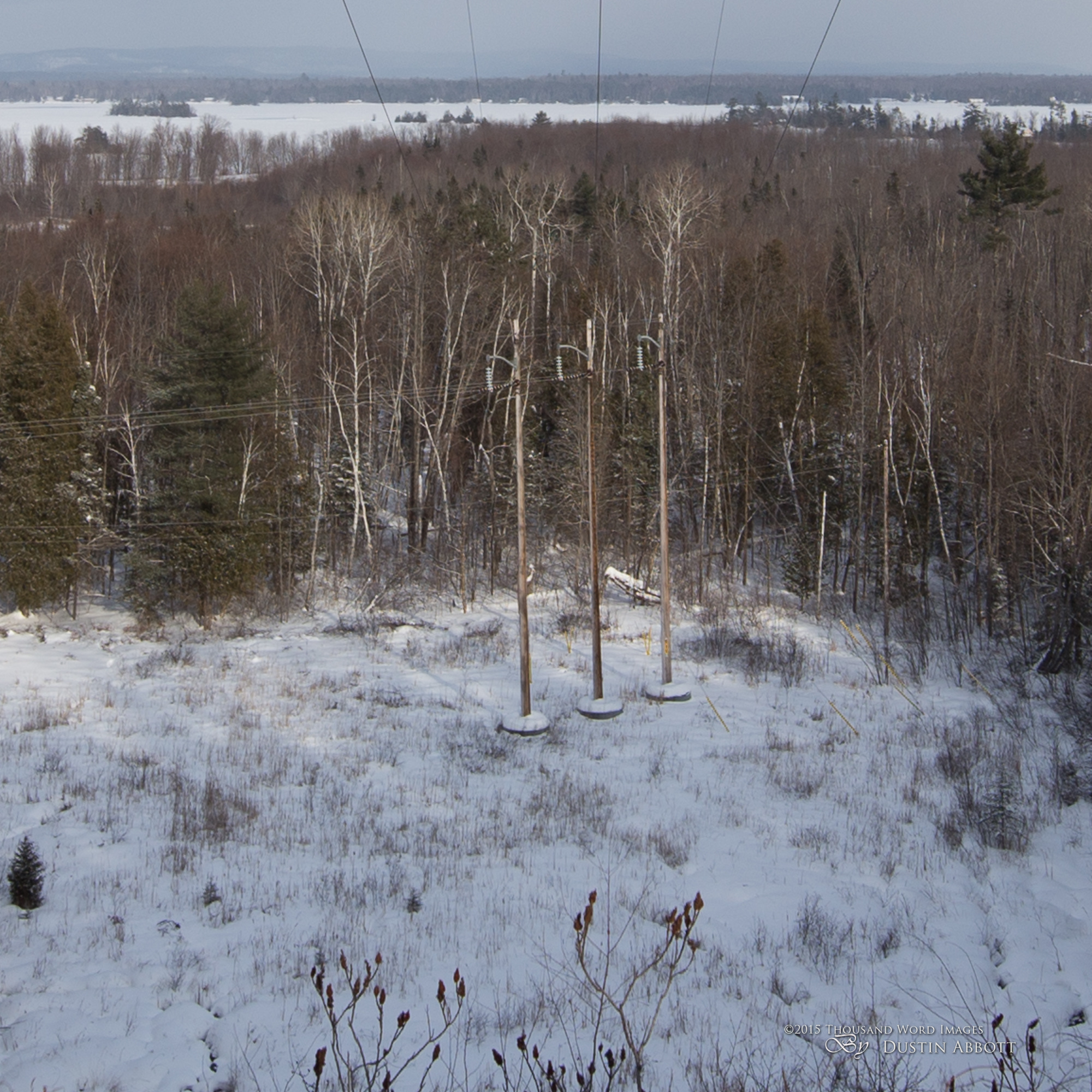

























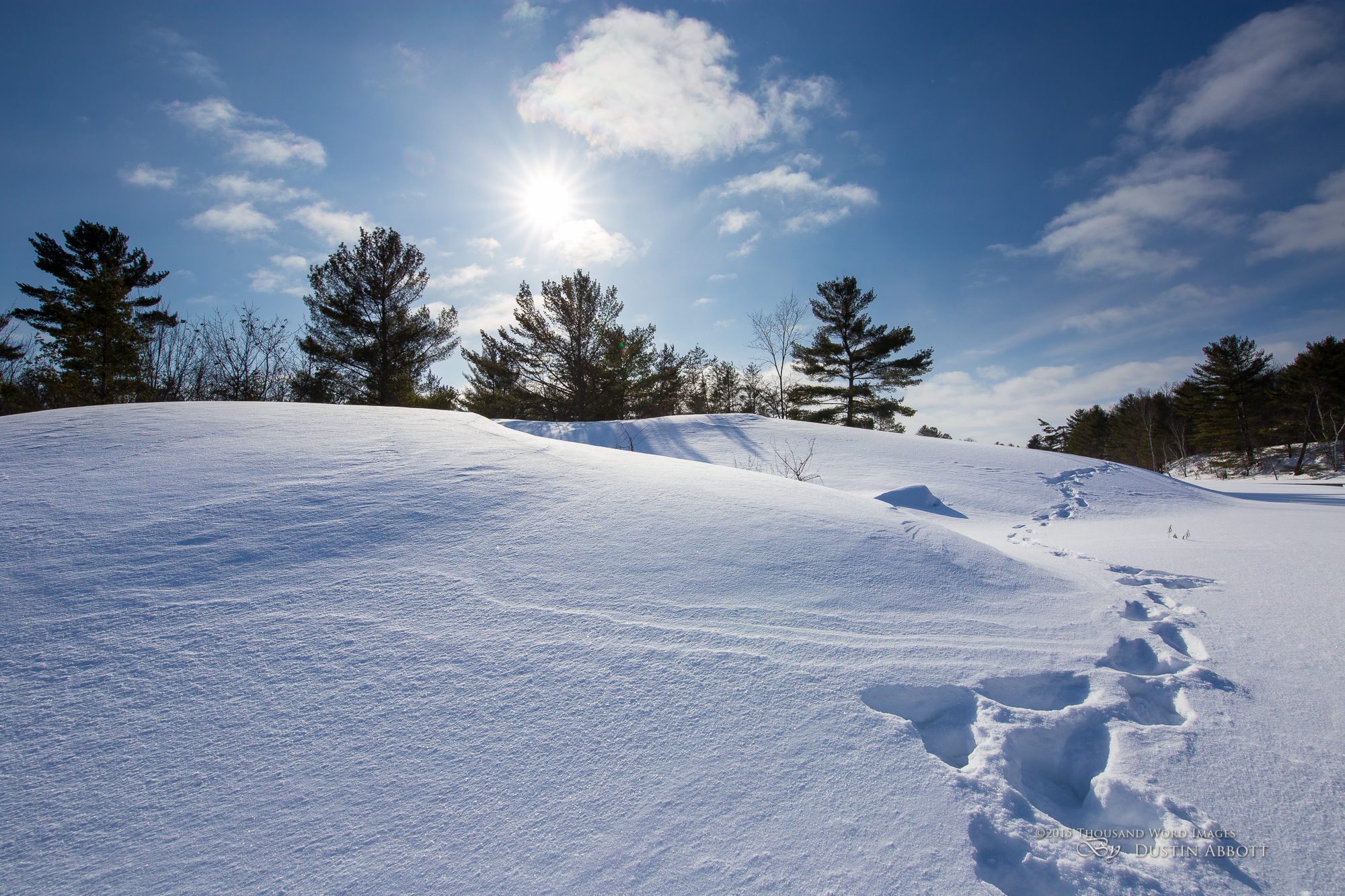
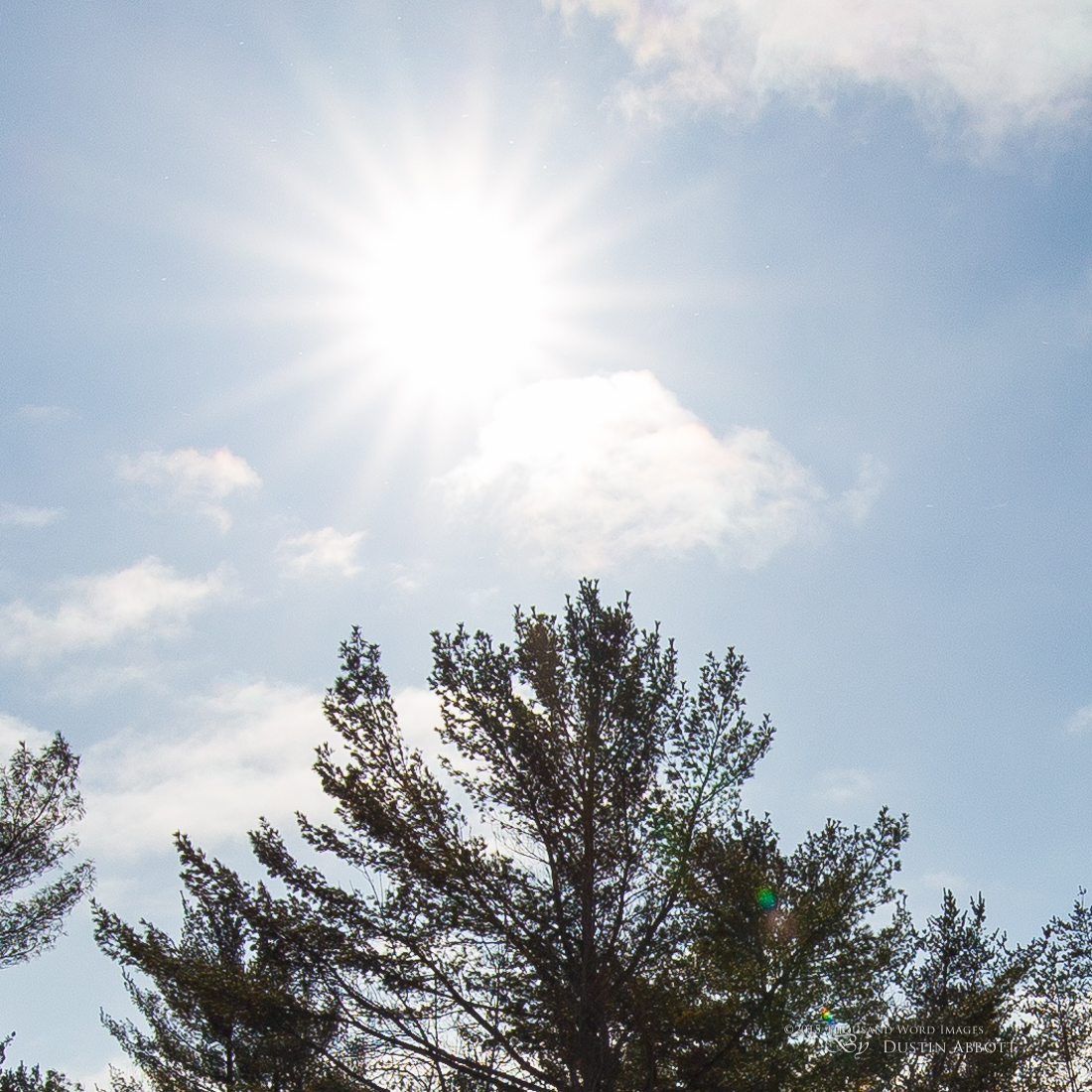
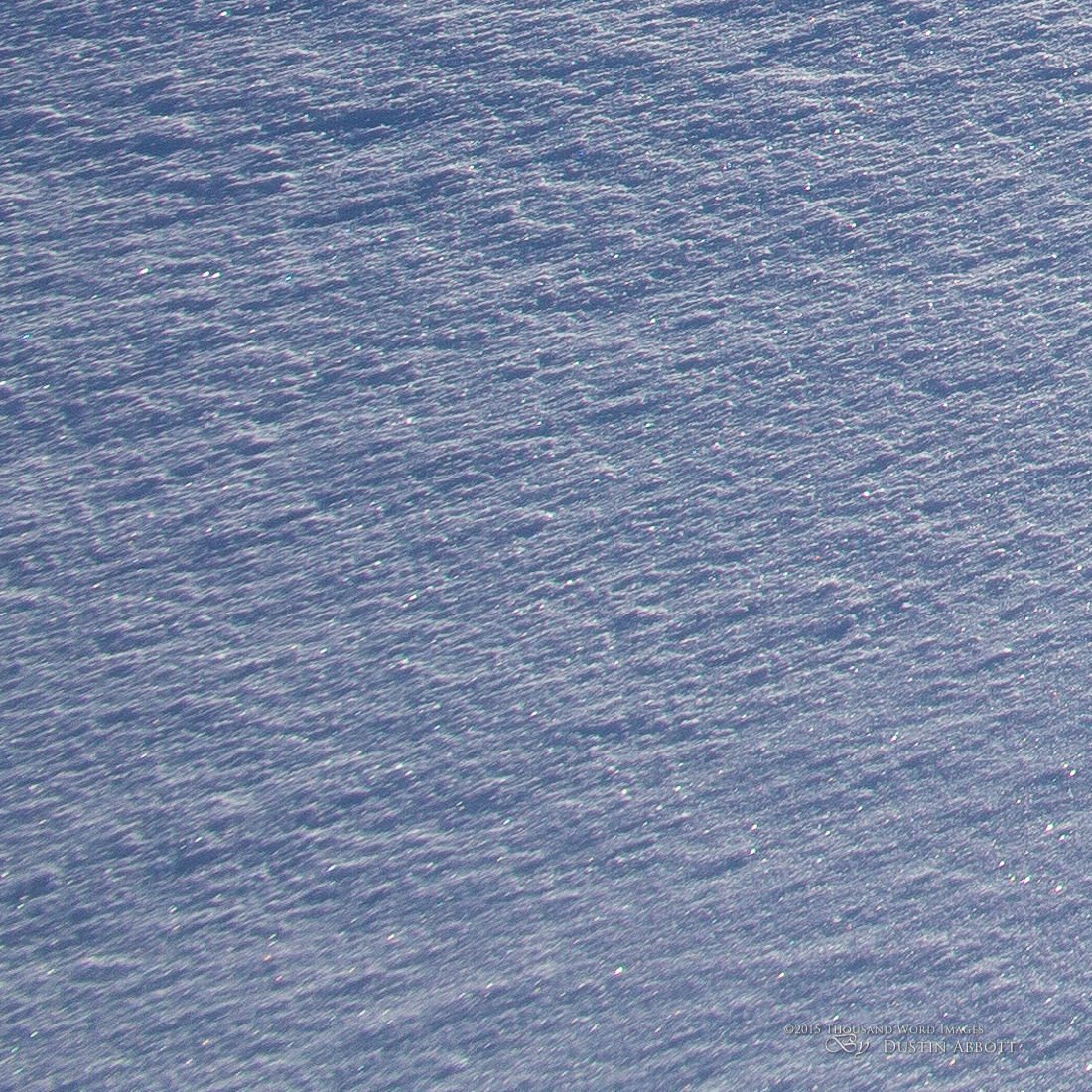
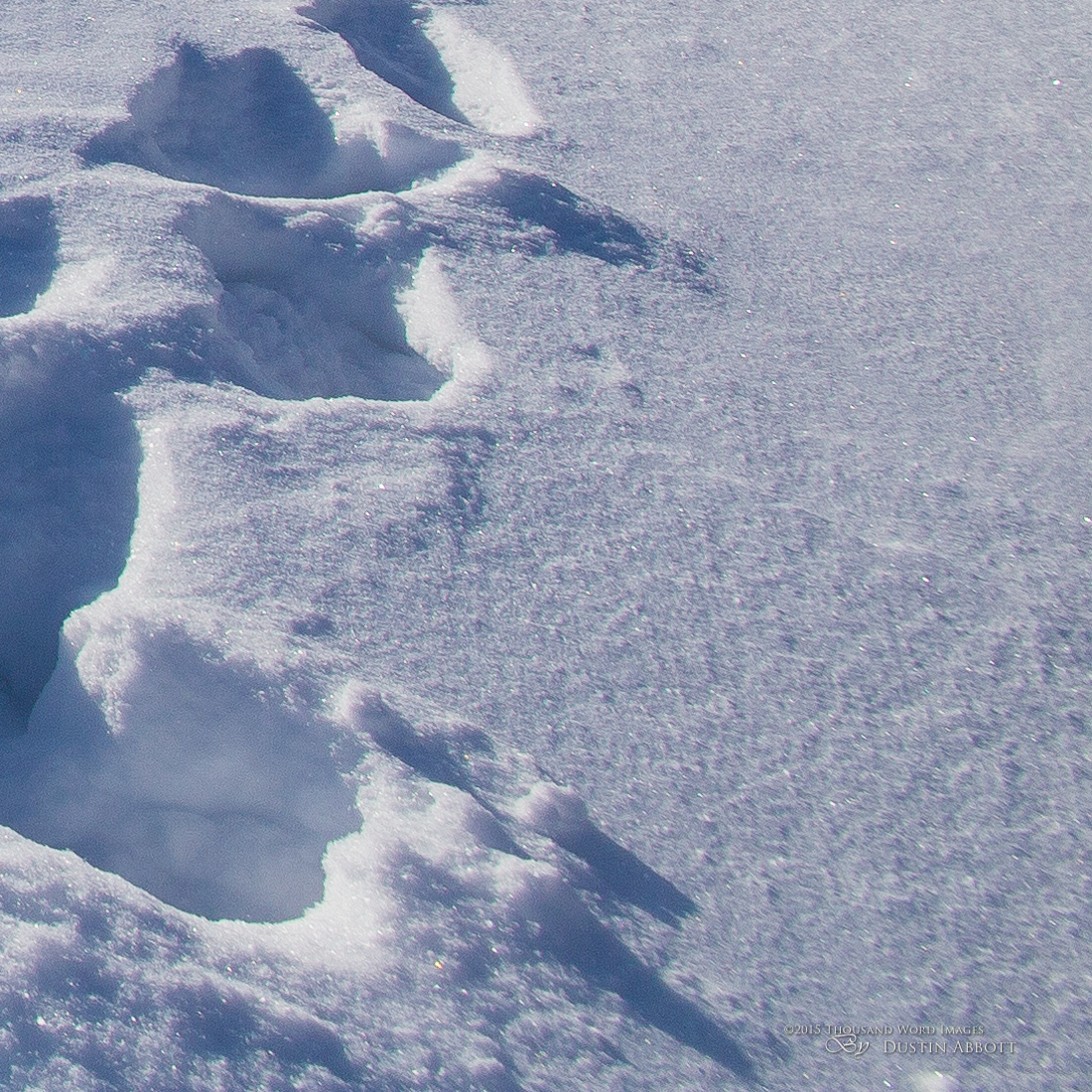
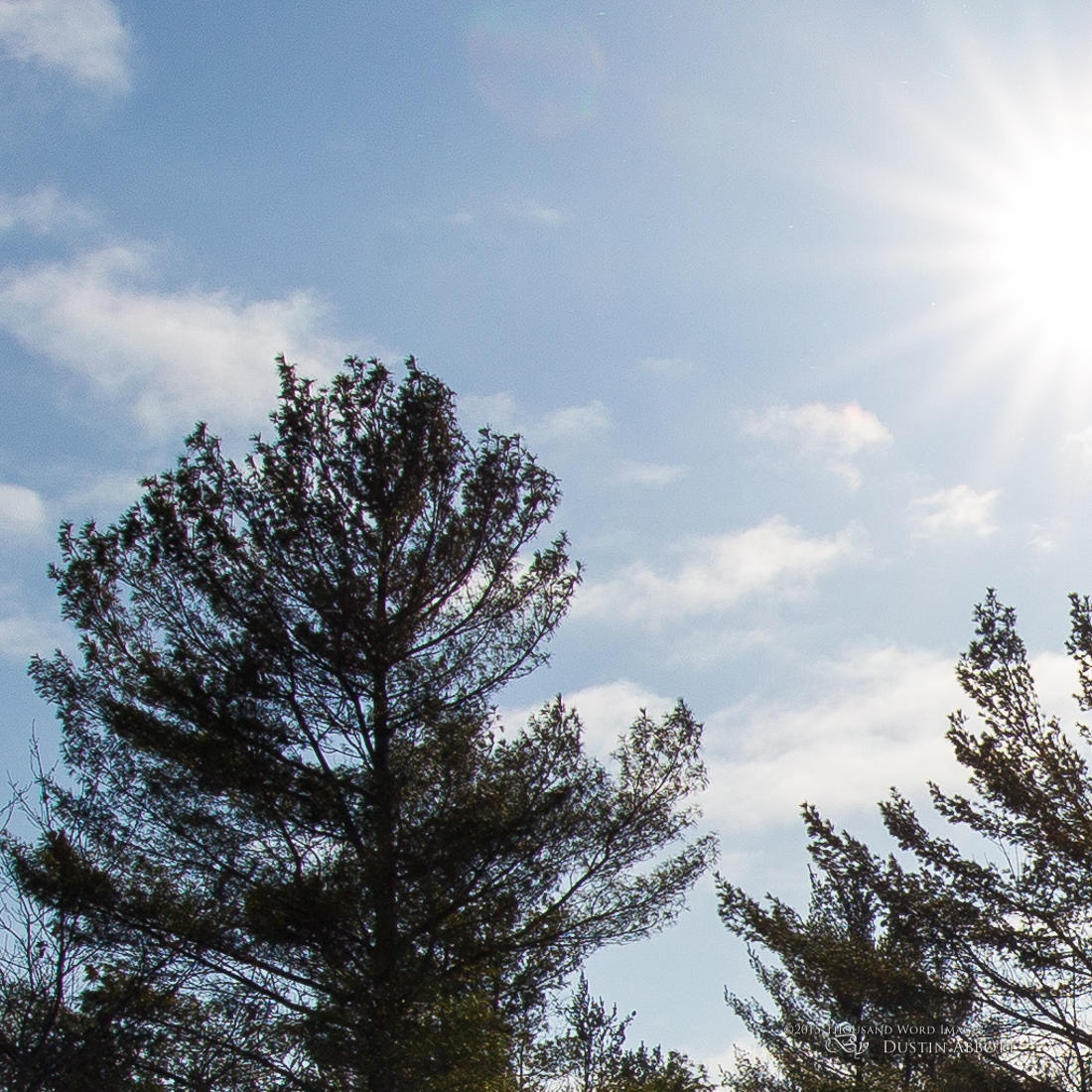
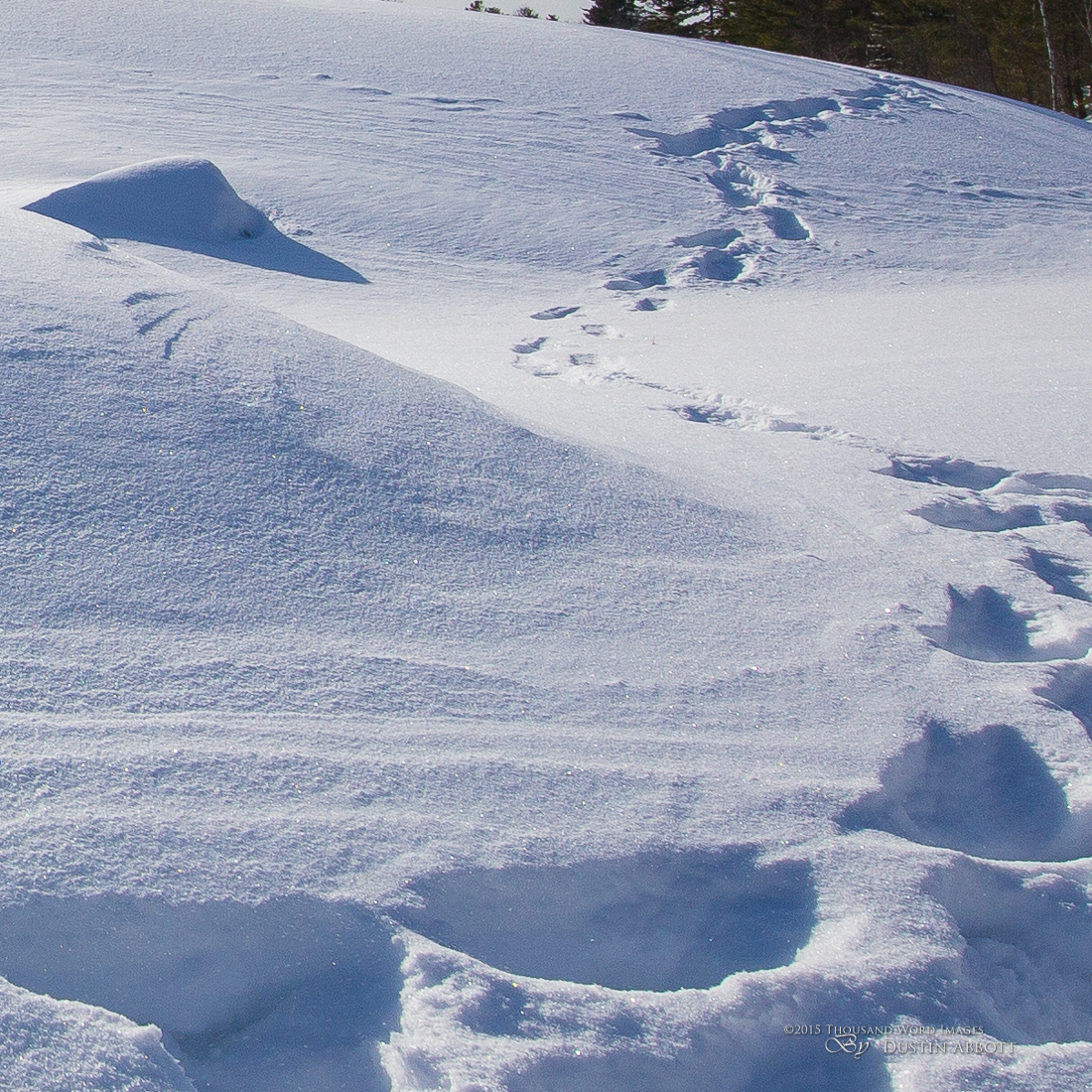
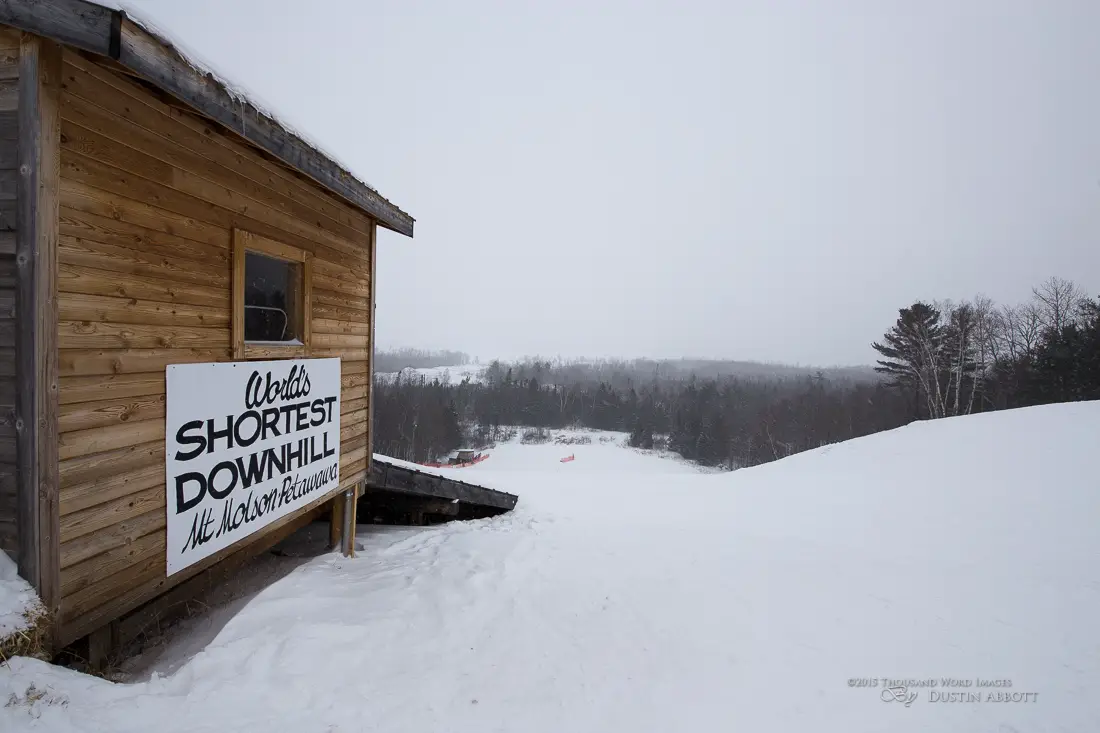
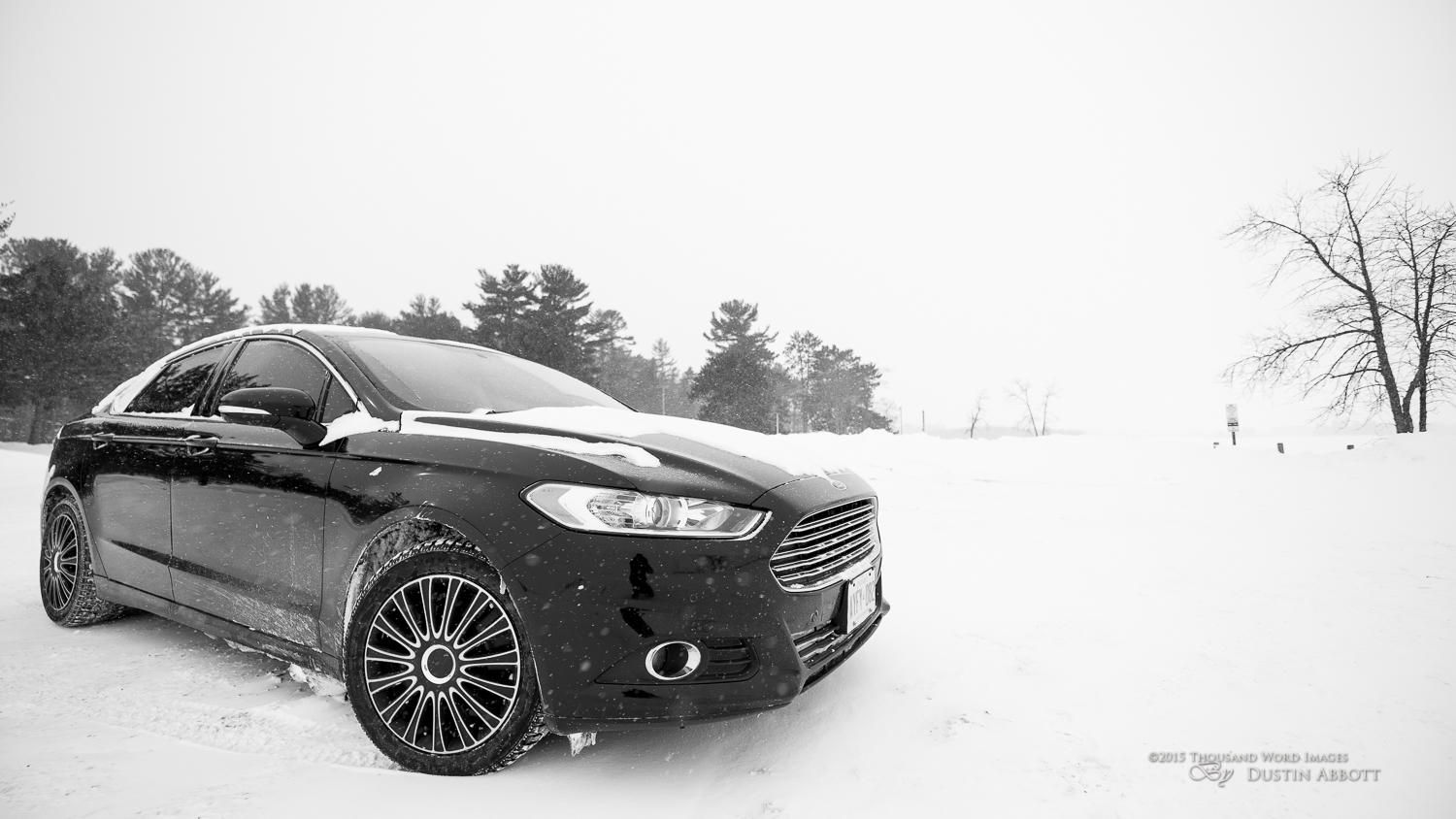



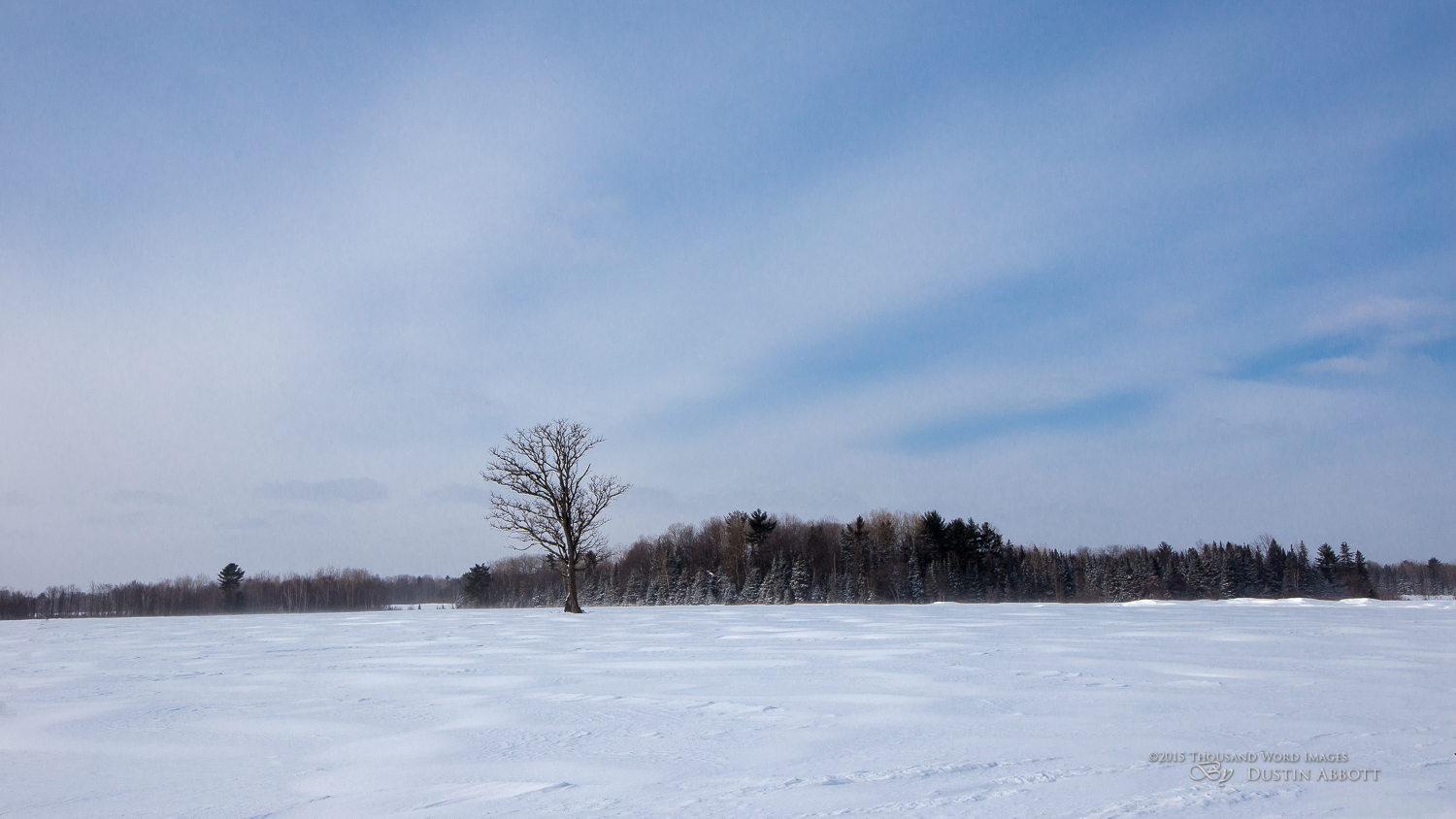


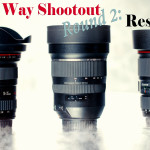
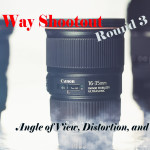


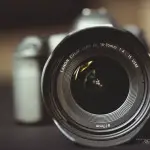


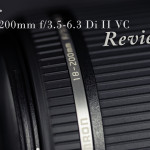
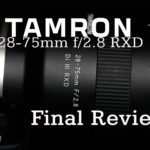
WOW! Thanks a lot Dustin! You review is great, compared to Matt Granger's review. Since this lens appeared on the market, I was curios to see if this lens surpasses Canon 16-35 F4 IS – and I think it does. I want to buy a ultrawide les for wedding photography and this Tamron 15-30 will be my pick.
Thanks again Dustin! Great review!
My pleasure. I will try to compare the two lenses side by side in a few months. This one is my pick, though.
nice review.
but instead focusing on a "cheap rokinon prime" vs. "tamron zoom" comparisations you should have focused on a canon 16-35 f4 to tamron 15-30mm comparisation.
i bet way more people are interested in how this lens compares to the canon than the rokinon.
I’m sure you are right, but I didn’t have the Canon on hand and only had about 8 days for the review – not enough time to get one. I will do a head to head between the Canon and the Tamron down the road for sure, though.
I was set to buy the Nikon 16-35mm until I saw your YouTube review. After watching it, I decided to go for the Tamron as I also have the 150-600mm and was mighty impressed with that lens. Today I went to 3 shops to no avail as it's so new none of them had them in stock. I finally called on one more store and they had 2 literally just unloaded from the delivery truck. This lens is now on my camera and I look forward to testing it over the weekend. Great review Dustin and thanks!
Michael – enjoy the lens. You were fortunate to get one – supply isn’t quite up to demand. I would love to hear your feedback on the lens.
Hello Dustin, great review on the Tamron 15-30. Was looking to pre-order from Amplis but that Tamron lens is not found on their website. Seen it there a week or so ago. Just letting you know.
Thanks again for the review.
Jules
Jules, I’m looking into this now but won’t probably won’t have an answer until tomorrow. I’ll let you know.
Dustin,
Great review and thank you for including a brief analysis of coma aberrations. If I may ask, how does coma of the Tamron 15-30 compare to the Rokinon/Samyang 14mm f/2.8, which serves as my benchmark for astro-landscapes? Thanks,
Andreas
I compared images side by side and couldn’t really tell any difference. The Samyang has a bit more distortion in the extreme edges, but it also has a noticeably wider field of view. Still, I think enough of the Tamron that I will be letting my Rokinon 14mm go in favor of it.
I liked your review since it has so much information and would love to see the comparison between this lens and Canon 16-35mm F4. I'm looking to purchase this very soon for Real Estate photography.
Thanks,
That should be happening next month, John. I’m scheduling the pieces to arrive at the same time about the second week of April.
Thanks a lot for a such great review. I was the stage of buying wide angle lens and third party lenses always was critical for me but after such great review I can say that It doesn't make a sense buy Nikon's or Canon's lens for more money and less quality compared Tamron 15-30. But at the end of review Rokinon appeared so which one is better, i mean optical I don't care about features.
The Tamrons optics surpass the Rokinons
Awesome review, Dustin! I was about to order the new Canon 16-35 f4, but I think I will go for the Tamron based on your excellent review. Again, thanks!
Ole, I think it will be a great choice for you. You are familiar with using LEE type filters anyway, and I’m sure that kind of solution will soon be available for the Tamron. It’s a great lens – I am in the middle of doing a three way comparison between it, the Canon 16-35mm f/4L IS, and the Canon 16-35mm f/2.8L II.
Awesome review Dustin. I've decided to invest in a ultra wide angle lens for sometime but with the introduction of this new Tamron it really made it harder to make a final decision. I am torn between the new Canon 16-35mm F4 and the Tamron 15-30. I'm now gonna go ahead and over the Tamron, even though it doesn't have an L ring, from what I've read in your very comprehensive review it's the stronger performer. Thank you, great work!
Lilyan, there isn’t a bad choice between these two lenses, but, if it helps, I bought the Tamron for myself.
Fantastic review.
I have the EOS 16-34/4=great when weight matters for trips.
Also the Rok 14/2.8 and 24/1.4=the classic choice for wide-field astro.
And have just added the Tamron 15-30/2.8.
One should know of the weight issue going into this=just the price to be paid
for a constant 2.8 and quality construction.
Now about the issue with filter threads. At the same time I ordered the Tam I ordered
the WonderPana system for it. I realize many pros don’t believe in protective/sacrificial UV
filters but being an amateur hobbyist I can enjoy their protection and now one lives on the
Tamron 15-30mm unless I need to sub out for a screw on ND or CPL (or both).
I juse a Cokin Z-pro system on my FE 16-35mm; it works but is cumbersome. The 145mm
filters for the WonderPana are large with a capitol L but to me easier to manage and less prone
to hardship when packing/transporting.
I’d recommend WonderPana for the Tam 15-30 from the get-go….and no I don’t work for Fotodiox 🙂
What sold me on the Tam 15-30mm was the hard stop at infinity…makes Milky Way so much easier, especially
for aging eyes.
Dustin you have a great site and even greater insight. Thanks for being out there.
That’s a lot of wide angle lenses! Wow!